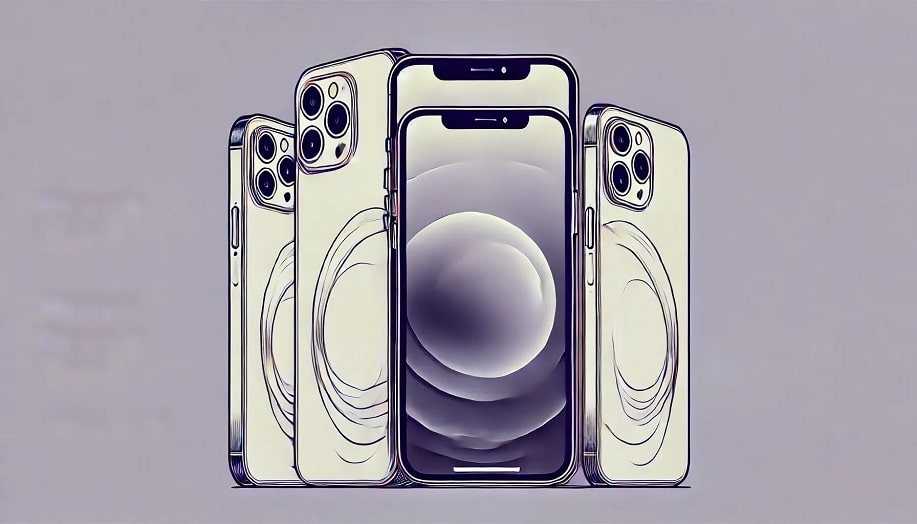iPhone 14: Everything you need to know
31 October 2022

The latest iPhone is a real powerhouse, but is it a big improvement on previous versions? Read on to find out more...
What are the new iPhones called and how much do they cost?
As with the previous couple of generations of iPhone, there are four versions of the iPhone 14:
When was the iPhone 14 released?
The iPhone 14, Pro, and Pro Max all came out on the 16th of September. The iPhone 14 Plus was released a few weeks after on the 7th of October.
What features do they have?
While the handsets in the iPhone 14 range are quite similar to the respective iPhone 13s, Apple has made some improvements and added new features.
The iPhone 14 and Plus both utilise an optimised version of last year’s A15 Bionic Chip (which is still one of the most powerful processors available), and the 14 Pro and Pro Max both use the new A16, which pushes things to a new level of performance, approximately 16% faster than the previous generation.
All versions are 5G enabled, as you’d expect, but the Pro and Pro Max benefit from faster download speeds and improved latency, which is great if you consume a lot of media or play network-intensive games when you’re out and about.
The cameras on the standard 14 and the Plus have been improved, with a new Action mode that gives GoPro-esque stabilization when shooting video clips, and a 13mm Ultra Wide camera that allows you to capture panoramic views in all their glory. With all versions, you’ll be able to shoot better in low-light due to optical image stabilisation which prevents blurring. Result!
The display is almost identical to the iPhone 13 on the standard iPhone 14 (including the familiar notch and a high-resolution XDR display that still looks amazing), but on the 14 Pro and Pro Max, things look a little different.
On the premium models, Apple has introduced the Dynamic Island, which is a reduced-size floating notch that doubles up as an expandable media display and control centre. This is a step in the right direction for Apple, with the majority of other top-of-the-range smartphones now having tiny punch-hole style dots for their front-facing cameras.
One interesting feature added this year is an always-on screen. This means you can quickly check the time and your notifications without needing to press a button or unlock the phone. There is a bit of a trade-off with this feature though, with it draining approximately 6% extra from the battery over an 8-hour period. It’s good to have the option though, and it’s easily turned on and off in settings.
What do they look like?
Aside from the floating notch on the Pro and Pro Max, the aesthetics of the iPhone 14 range are very similar to the iPhone 13. You might notice that the camera housing on the back protrudes slightly further than on the last generation of handsets, but that shouldn’t be an issue if you use a protective case (and you really should!).
What’s the verdict?
You might also like:
*Underwriter Assurant General Insurance Limited. Gadget age restrictions, T&Cs & excesses apply. Customer UK